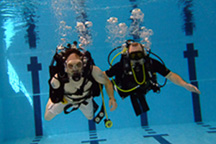Club Diving
Members of Southsea Sub-Aqua Club frequently dive along the South coast of England and have dived much of the rest of the UK and around the globe. The pages linked below provide some useful local information, as well as samples of what our members have done or are doing.
Club Diving
- Details
- Category: Club Diving

Members of the Southsea Sub-Aqua Club frequently dive along the South coast of England and have dived much of the rest of the UK and around the globe. The pages linked below provide some useful information for both club members and visitors, as well as samples of what our members have done or are doing.
Each year we publish a year planner that members can download. We also have a calendar that members can use to easily add dives and events to their own electronic calendars.
Southsea Sub-Aqua Club's Facebook Page ![]()
Please feel welcome to follow us here for the latest information about the club's activities and achievements. This has been created to allow both members and non-members to follow us on Facebook.
Southsea Sub-Aqua Club's Facebook Group ![]()
Members can apply to join this group for a more interactive experience with other club members, including organising club dives and other club activities. This group will shortly go private and will be for members, with a few exceptions.
The diving procedures adopted by the club
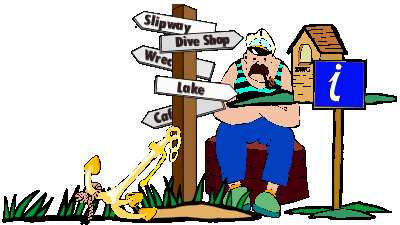
Information on local diving sites, shops, boat charters and public slipways
Each year our members go on club trips for a weekend, long weekend or perhaps a week or two to a variety of places. Sometimes one of the group will write a diary or a little report which we can then publish. They contain a variety of pictures and often a little humour too. Some of the items relate to a project and the activities of the team too.
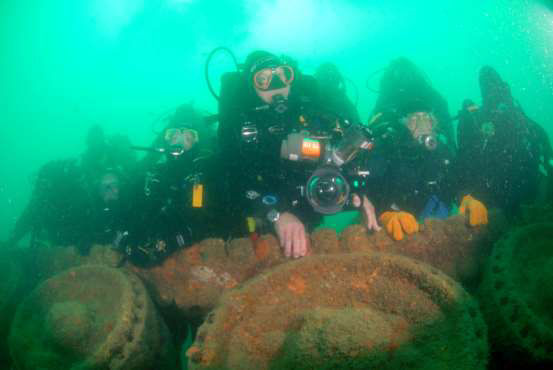
Various reports about some of the many projects that the club has run or been involved with over the years, many have received awards. These pages contain a mixture of the final reports, a reflection of the planning and videos, where available. Some projects have been featured in the press and where possible links to those articles are also included.
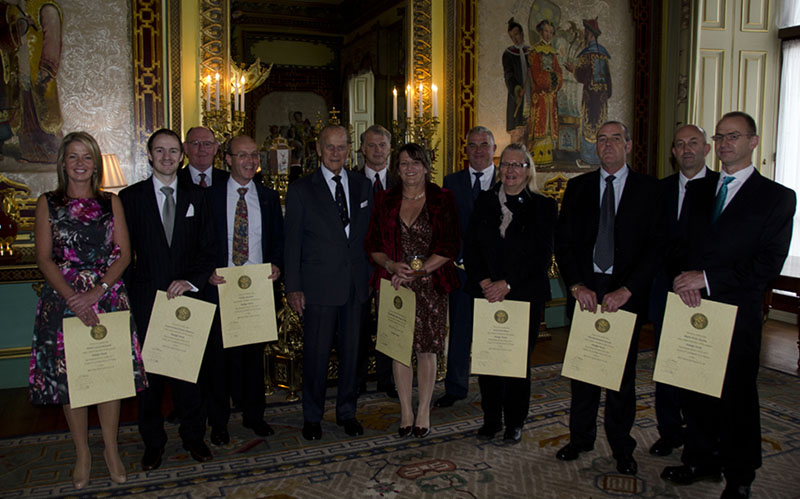
Photo Gallery
Our galleries show a few of the photos taken on some of the dive trips and projects.
A selection of images from past diving trips
A selection of some of the project photos and other images
Tanks & Bulldozers in the News
- Details
- Category: Tanks & Bulldozers Project
Southsea Sub-Aqua Club featured in an article shown on the local ITV News about this Tanks & Bulldozers Project:
BBC News published an article about the project on 28th July 2011
Click here to read the BBC Article
Our local newspaper, The News, also published an article about the project:
Scuba Magazine carried an article about the project:
Diver Magazine published a couple of articles on the project too:
Second article in Diver Magazine (link broken after the sale of DiverNet)
Tanks and Bulldozers receive protection
Mulberry 70 in the news
- Details
- Category: Mulberry 70
Following on from the completion of the Mulberry 70 project, Southsea Sub-Aqua Club featured in the local news for both the BBC and ITV.
BBC South Today
ITV Meridian News
A Tale of Two Tugs Project
- Details
- Category: A Tale of Two Tugs

This project recorded and investigated the wrecks assumed to be of WW2 Tugs HMRT Sesame and USS Partridge. Both vessels were lost on 11 June 1944 during Operation NEPTUNE just a few days after D-Day. The project continues Southsea Sub-Aqua Club's research of wrecks associated with the maritime phase of the Allied invasion of Normandy (Operation NEPTUNE). Permission to conduct this project was received by the French Ministry of Culture (DRASSM) and the Maritime Prefecture.
Using the skills and knowledge we have developed from our earlier projects we conducted surveys of the wrecks of believed to be the USS PARTRIDGE and British Rescue Tug, HMRT SESAME. The wrecks are located in the Western Task Force area of the Baie de Seine on the approaches to Omaha beach. The outcome of our investigations including historical research is detailed in the report available below.
To our surprise, the wrecks are not the USS PARTRIDGE nor HMRT SESAME but that of a smaller British tug (HMT DUNDAS) and Royal Navy Destroyer HMS ISIS. We are pleased to have identified the final resting place of HMS ISIS which sank with considerable loss of life. It should be noted that the diving conducted on these wrecks was carried out with respect and consideration for those who made the ultimate sacrifice during the liberation of Europe.
Project Leader: Martin Davies, Southsea Sub-Aqua Club Diving Officer
Click here to download the project report.
Project Cato - Full Report
- Details
- Category: Project CATO
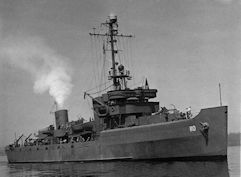
Project Cato has sought to clarify the remains of a wreck on the seabed that was listed as that of an Auk/Catherine class minesweeper. Through a detailed investigation of the remains of the wreckage, the team would attempt to conclude that the wreckage was that of an Auk/Catherine class minesweeper HMS Cato. Using tried and tested methodology, the team would dive all of the minesweeper wrecks in the area and gather information on them in order to establish baseline information. From the information gathered the team would be able to determine facts about the sites and make informed conclusions.
The Project Cato team will investigate a number of wrecks associated with the WW2 Normandy Campaign which are believed to be associated with the protection of shipping in the area. The task of minesweepers was extremely hazardous and the relentless efforts and bravery of the crews was rarely acknowledged in the constant battle to maintain clear shipping routes for valuable supplies to feed advancing armies in order to win the campaign.
Click this link to read full Report (a new tab is opened)
HM Submarine A1 Report 2017
- Details
- Category: HM Submarine A1
Extract from Martin Davies' report:
Diving
The site was first dived on the 20th of May this year with a group from Milton Keynes. Visibility on the site was less than 2metres and some divers had difficulty in finding the site despite the shot line being near to the wreck.
The second dive was on the 15th July, by myself and a club member from Southsea Sub-Aqua club. Visibility was around 2m on this occasion.
The third dive was on the 16th July, the site was dived by a group of divers from the London area who also visited the Hazardous site afterwards, visibility was reported as less than 2m.
On the 17th July, a group from Tal Scuba visited the site on a NAS protected wreck day, as was the Invincible later in the afternoon. Visibility was again around 2m on A1 and less on Invincible.
The final dive took place on the 27th October, which was another NAS protected wreck day that had been rescheduled due to previous bad weather. Visibility was poor around 1-2m
HM Submarine A1 Report 2016
- Details
- Category: HM Submarine A1
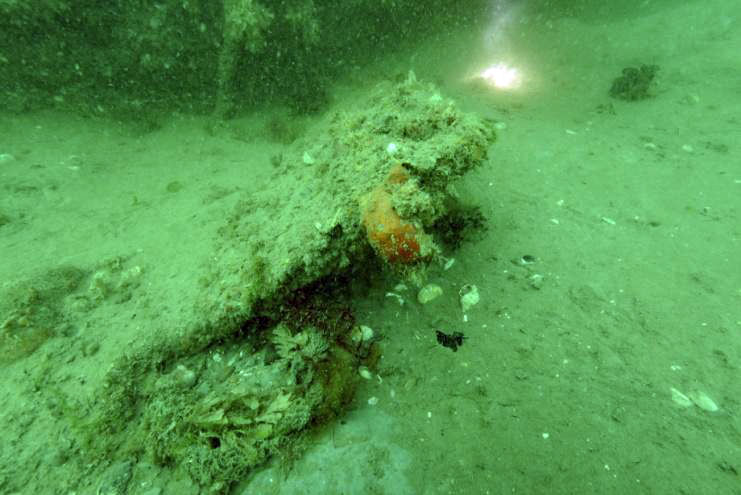
Extract from Martin Davies' report:
Condition of wreck
The condition of the wreck seems to be as it has been; no major changes were seen apart from what appeared to be a large removal of silt from the scour in the bow area which was a result of the previous year’s winter storms. This still remains clear and has exaggerated the scour. The major dredging operations in the area have ceased for the time being and the large volume of suspended particles in the water column since has reduced to more normal conditions for the site.
Conclusions
The dredging of Portsmouth Harbour has been a major influence this year on visibility in the area and Bracklesham bay always suffers due to the lack of tidal flow through the whole bay. This has meant that conditions on the site have been poor and aligned with that of previous years when Southampton water was dredged. The wreck remains stable and in similar condition to previous years with no major deterioration of the site. The main observations are to the dynamic environment that the submarine sits in. The movement of the seabed and increased scouring effect from tidal action being the dominant factor in the equation and the marine life that the site supports appears to vary quite a lot. There is a lack of tompot blennies on the site this year, in previous years there have been too many to count, in fact the highest proportion of tompots on any site in the area to my knowledge. Some of the sponges appear to come and go, for example on the top of the bow area a couple of years ago there was a large colony of shredded carrot sponge that appears to have gone now. I am seeking professional advice on this from marine biologists as this may well be down to water quality and the lack of light penetration that has caused it to die off along with the reduction in marine life.
The greatest risk that the wreck currently faces is from diver’s dropping heavy shot weights on the wreck. This year Eastley divers dropped their 56lb weight on the bow of A1 and knocked off a chunk of concretion.
HM Submarine A1 Report 2015
- Details
- Category: HM Submarine A1
Extract from Martin Davies' report:
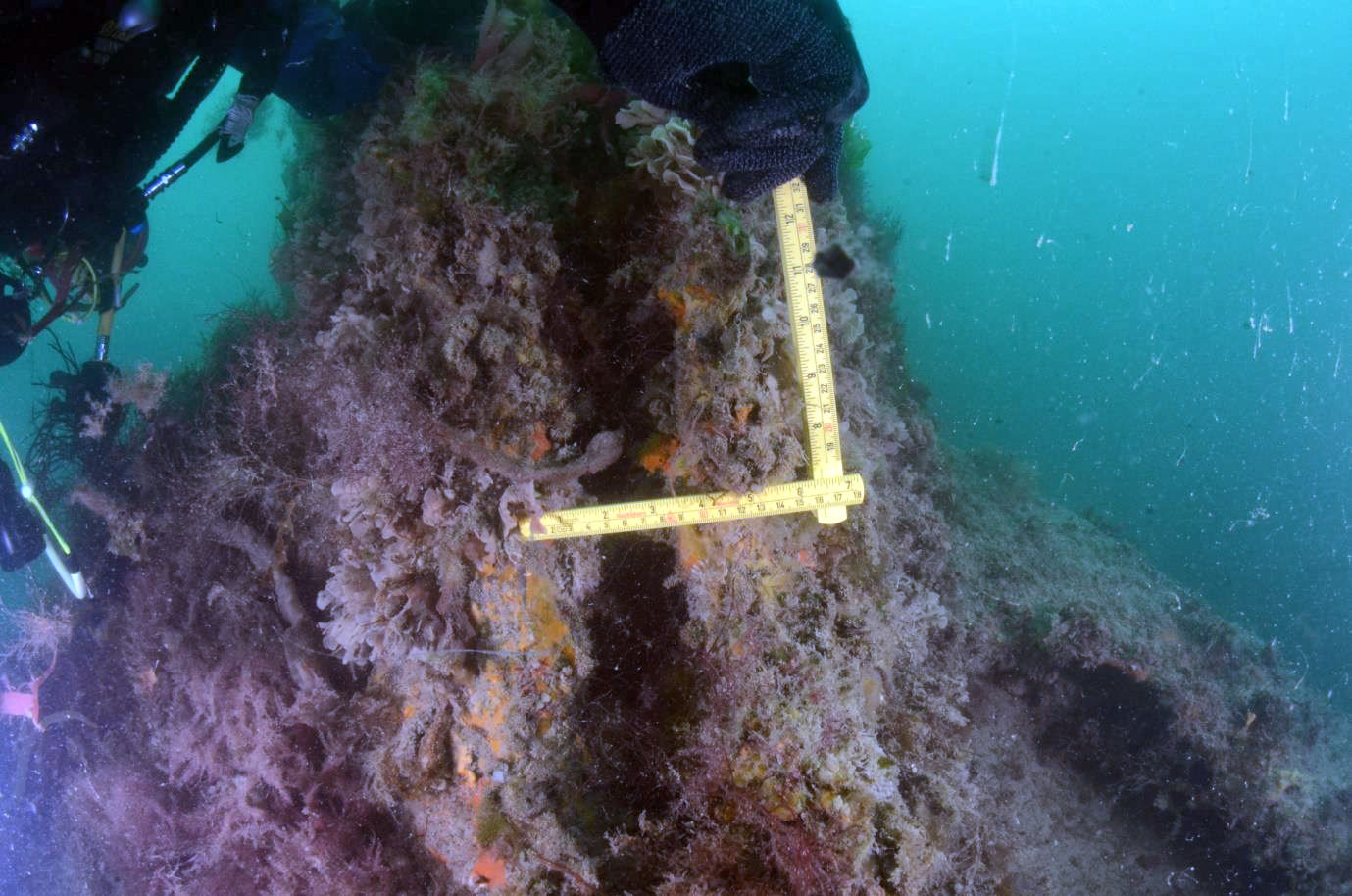
Seen in the image above the conning tower crack remains constant at present and there has not been any significant opening of it over the previous year, this is however a concern and will be monitored on an ongoing basis.
The seabed scour in the bow area has also been measured on the starboard side and is now around 450mm in places, which is significant. This also more or less represents the depth of the Ampelisca beds that are still very prevalent on the starboard side and near the conning tower on the port side.
HM Submarine A1 Report 2014
- Details
- Category: HM Submarine A1
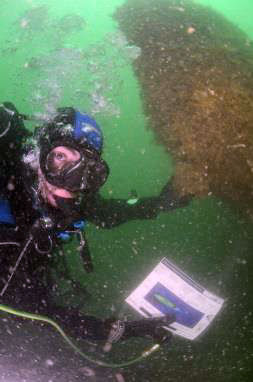
Extract from Martin Davies' report:
Condition of wreck
The condition of the wreck at the beginning of the season when I could see it, seemed to be as it has been, no major changes were seen apart from what appeared to be a large removal of silt from the scour in the bow area in particular. The large volume of suspended particles in the water column since then has prevented any meaningful observations and measurements to be done on the site.
HM Submarine A1 Report 2013
- Details
- Category: HM Submarine A1
Extract from Martin Davies' report:
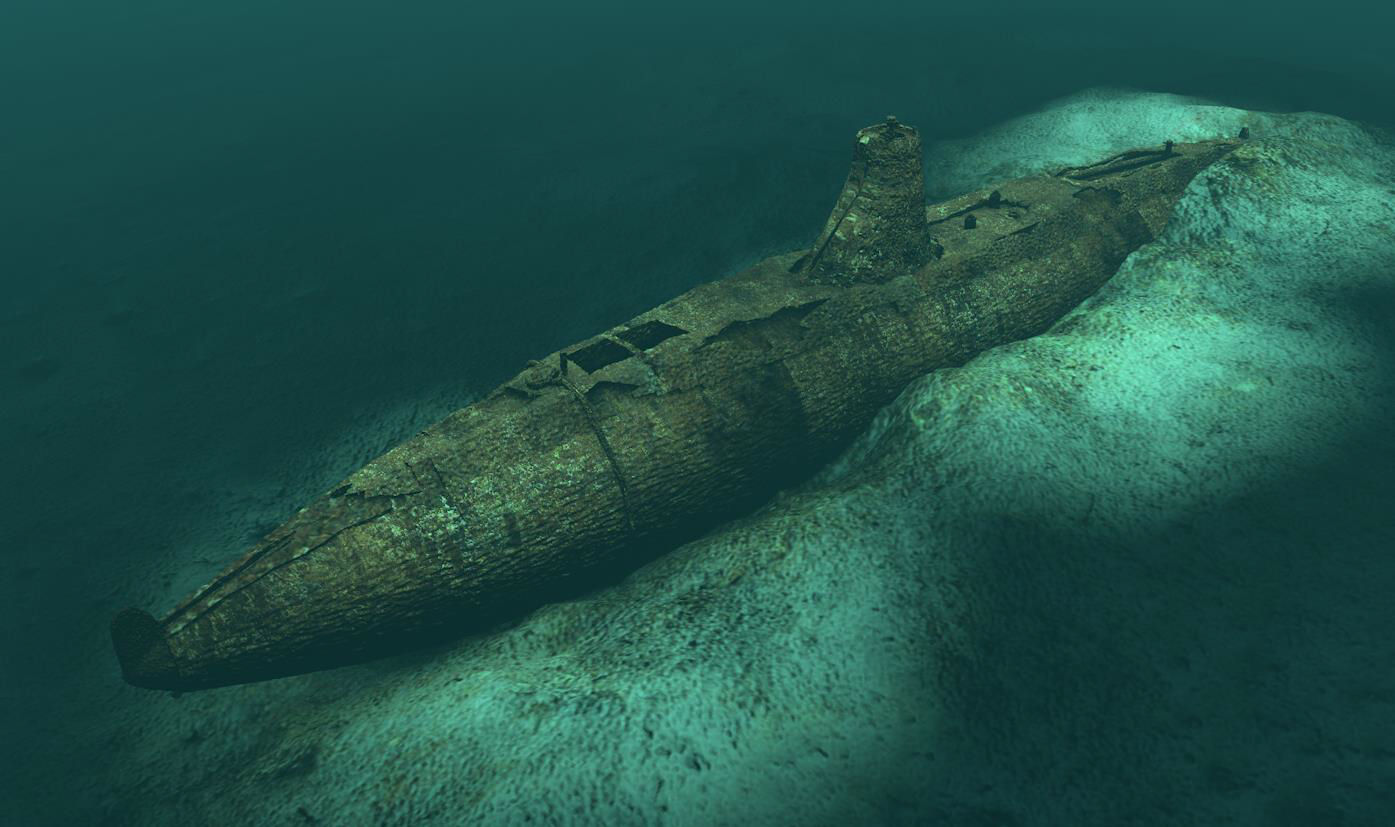
Creation of Submarine A1 diver trail
This year has seen the creation of a diver trail for submarine A1. Whilst in general terms it is difficult to get lost once you are on the submarine finding it can be a challenge. Overall aims of the project were to create information boards to assist divers navigate and understand features they are looking at and the creation of a 3D interactive computer model that can be embedded into a web site. The finished product will have points of interest noted and “click on” images and video, the package will be in 3 layers showing general arrangement of the submarine with outer hull and then see through hull with a final as it is now on the seabed. The whole image can be rotated in any of the layers to see around the wreck which is very neat!
Subcategories
Local Diving Information
![]()
Over the years our club has used a variety of local facilities to help us go diving. There are also a variety of different dive sites available to meet the needs of divers with a wide range of experience and interests.
- Boat Charters
- Launch sites
- Dive Shops (Gas & Gear)
- Inland diving
- Shore Dives
- Boat Dives
- Charts, tides & weather

We are lucky to be located in the middle of the south coast. The local area offers the possibility of a range of diving from shallow easy dives for a trainee diver, to deeper, more challenging dives for the experienced mixed gas diver. The sites are often based around a wreck, with a few gullies or reefs too. The wrecks include a wide range of crafts. They are not limited to just shipwrecks from both wars, even if these are the more common. We have a range of historic sites including the Mulberry Harbours, Tanks & Bulldozers, aircraft, and submarines. There are a few protected sites too, such as the HMS A1, HMS Invincible & Thorness Bay protected wrecks which are diveable with the permission of the respective Licensees.
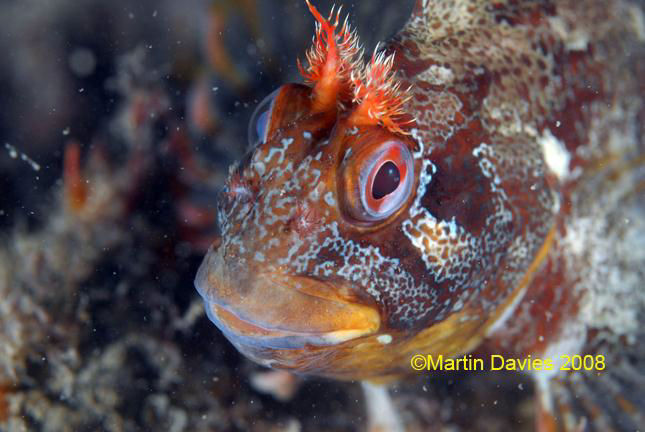
Sealife varies from season to season. It includes things such as sponges, pink fan coral, Pollack, blennies, pipefish, common starfish, painted top shells, whelks, mussels, oysters, scallops, cuttlefish, dogfish, wrasse, a variety of crabs, lobsters, eels, rays and many flatfish. If you are lucky, then you may be accompanied by a pod of dolphins on your way to the dive site!
Picking the right conditions can be tricky. The Solent Ooze covers some areas and can contribute to the debris floating in the water column. It isn’t helpful when the dredgers are busy improving the local harbours which would otherwise silt up. There are a couple of dumping grounds, the most popular being just south of the Nab Tower to the east of the shipping channel on the east side of the Isle of Wight.
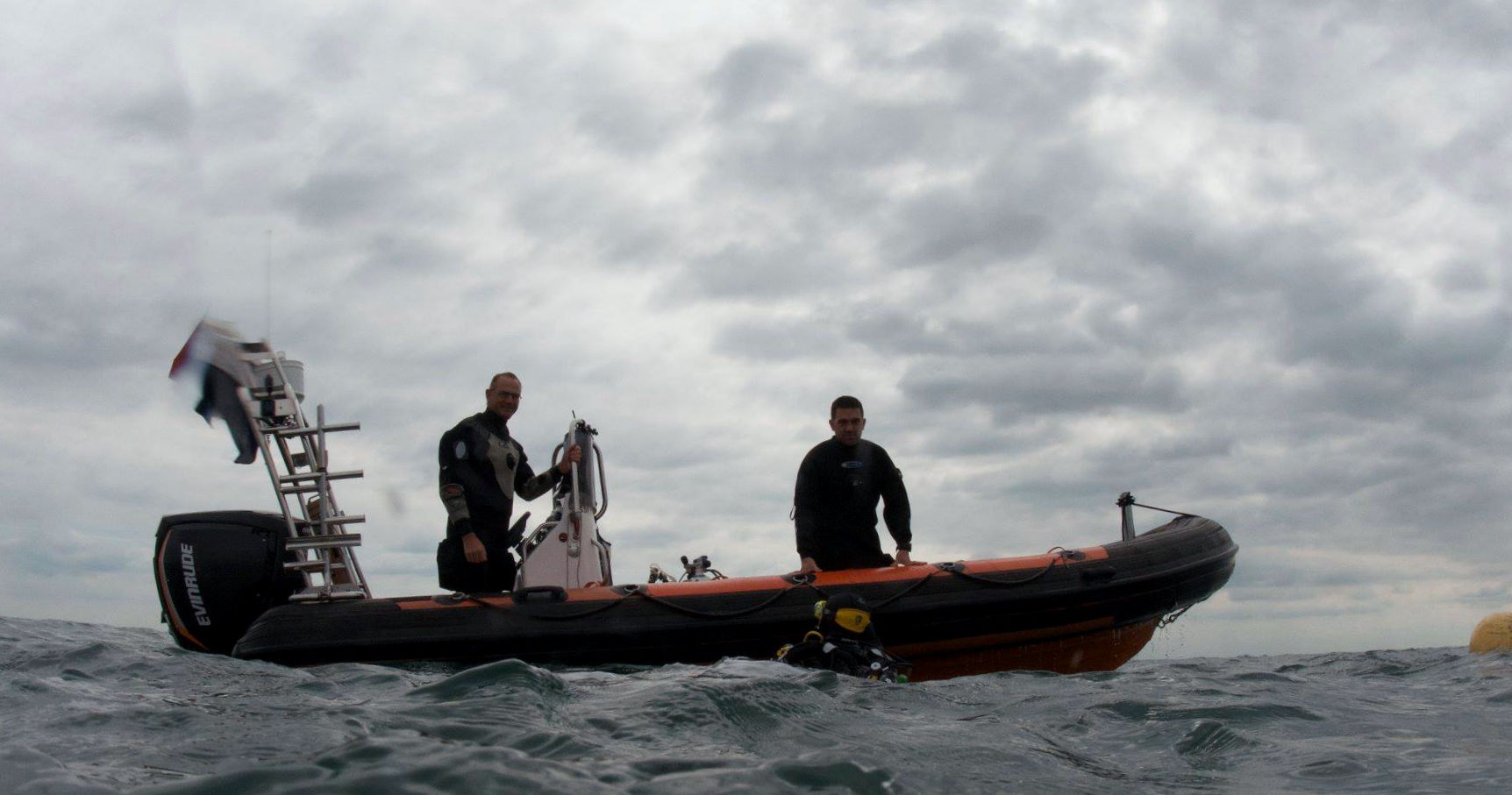
The local tidal forces are unique. The Isle of Wight has an effect and when the conditions are right, you can get a double high tide. This can make planning slack water “interesting” at times. Some areas are better dived at low water slack, whilst a few are better dived at high water slack. There are a handful of drift dives, but most diving is best completed on slack water.
Guides such as “Dive Isle of Wight and Hampshire” or “Dive Sussex” are useful for identifying many of the local dive sites. They haven’t been updated for a few years and there are several errors in many of the listed sites as a result of time and more up to date information becoming available. For more accurate GPS marks, it can be better to use the website https://www.wrecksite.eu/ .
![]() Return to the Local Diving info page...
Return to the Local Diving info page...
Trip Reports

Members of Southsea Sub-Aqua Club often plan a weekend, long weekend, week or longer trips together to a variety of places either in the UK or abroad. Sometimes a member of the group will put together a diary or report and illustrate it with some images of the holiday. Often too they'll include a little humour as well. Below are some diaries and reports of what they got up to on a few of the trips. Many are holidays and a few are about the expeditions or projects which members have been involved with too.
Diving Projects
Britain has relied upon the seas surrounding her for many millennia. Whether it has been for fishing, the import and export of goods, travelling and exploration or for protecting her shores from potential invaders. Occasionally a craft has failed to complete its journey and has sunk below the waves, leaving a wreck. More often this has been caused by a storm at sea, but can also have been caused by an accident (i.e. collision), navigational error or through warfare.
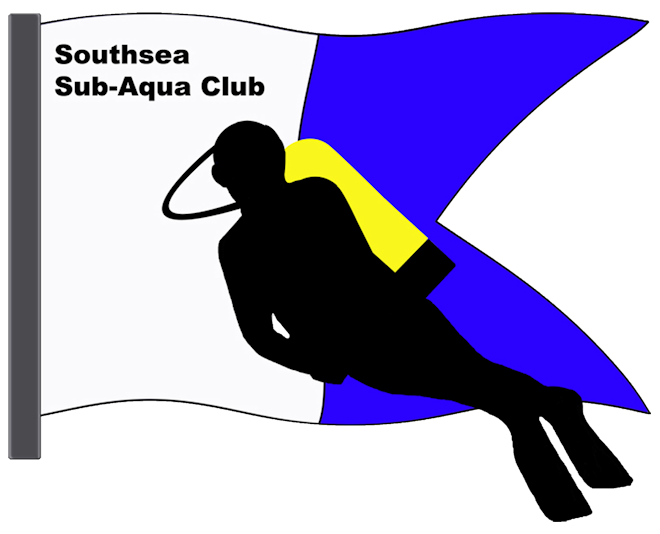
Southsea Sub-Aqua Club has a long history of wreck site investigation, the most well-known being "Project Solent Ships" which directly led to the discovery of the Mary Rose, but we didn't stop there. Over the years the Club has developed an association with a number of local wreck sites and some off the Normandy coast.
The projects involve a number of different types and ages of wrecks. They include ships, landing craft, aeroplanes, Mulberry harbours, armoured bulldozers and tanks from the two World Wars, as well as older wrecks, much older.
Today there are various courses available to help divers to record the sites and various members have completed such courses. They may have been completed within the club or through other organisations, such as the Nautical Archeology Society (NAS) or a University.
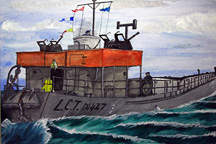
Some techniques have changed over the years as new technologies have become available. Where once an accurate sketch may have been sufficient, today you'll often find people still using tape measures and underwater slates, but also you'll find some using underwater cameras to help produce stills, video and 3D images. Often local and national news services have become interested in the stories of the projects too.
The articles below provide links to the various projects. They include photos and drawings of the sites, a record of the kind of life observed by the teams as well as some history to help bring them back to life.



